Do You Suck At Applying Makeup?
Let’s face it, applying makeup can be downright frustrating. There are literally hundreds of products, tools, and techniques out there, making it hard for the average person to know what to do and which products to choose. The good news is you don’t have to be a pro to get pro-worthy results. You just need a good understanding of your skin type, your face shape & your undertones as well as a few simple application tips. Let’s discuss!
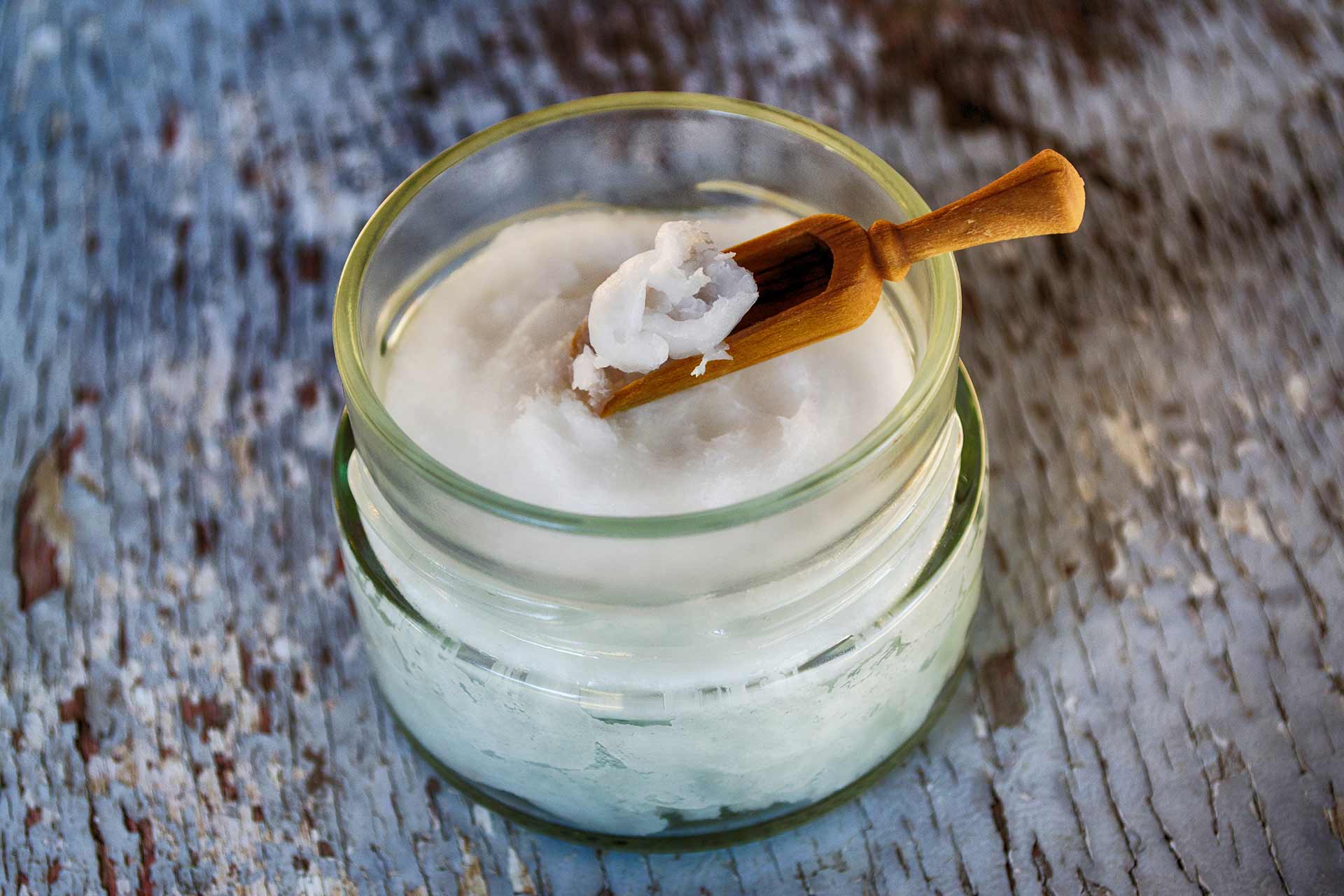

PREP YOUR SKIN
Flawless looking makeup starts with the skin. Having a daily skin care regimen in place is essential. Your routine will be dependent on a lot of factors, such as skin type, allergies, medication, sun exposure, etc. Unless otherwise specified by your dermatologist, a simple cleanse, exfoliate, and moisturize system seems to work well for most.
- Why Cleanse? Oil, dirt, dead skin & other debris can get trapped in pores and cause irritation & blemishes. Cleansers help remove impurities from the skin and prevent acne.
- Why Exfoliate? Makeup loves to cling to dry skin and can accentuate textured areas (pimples and bumps). Exfoliating products help scuff away dead skin and debris, leaving the skin clean & smooth.
- Why Moisturize? Many factors such as makeup, pollution, weather, and dehydration can affect the dryness of your skin. Moisturizer puts moisture & vitamins back into the skin and prevents dry flakes & skin tears from forming.
USE PRODUCTS MADE FOR YOUR SKIN TYPE
Knowing your skin type is key in choosing the best skin care & makeup products for you.
- If you have oily skin, you want to choose products that are mattifying and/or oil-free. These products are made to control oil and keep your skin matte for longer periods of time. It’s also best to stay away from cream-based products such as foundation, contour, highlighter, etc., as they may cause more oil production and won’t last as long.
- If you have dry skin, you want to choose products that are hydrating or luminizing, and bring moisture & luster back to your skin. Cream products may work better for you than powder based products, as powder can grab on to & accentuate dry skin.
- If you have combo skin you’ll need to test which type of products work the best for your skin. You can customize your routine by using different types of products in different areas of your face.
KNOW YOUR SKIN TONE (UNDERTONE)
- What are undertones? Your undertone is the color that shows through from underneath the surface of your skin and determines which foundation, contour, blush and lip shades will look best on you. Essentially, blue (cool) or yellow (warm).
- How do I tell which undertones I have? An easy way to determine your skin’s undertone is by looking at the color of the veins in your wrist. If the veins appear blue/purple, you have a cool undertone. If they appear green, you have a warm undertone. If they don’t look blue or green, you likely have a neutral/olive undertone. You can also tell by which type of jewelry looks better on you. If you look better in silver jewelry, you likely have a cool undertone. If you look better in gold, you likely have a warm undertone. Look good in both? You likely have a neutral undertone.
- How do I pick the right shades for my undertone? When it comes to skin undertones and makeup, you want to match the undertone of the product to the undertone of your skin. Blue based colors tend to look best on cool undertones, whereas earthy colors tend to flatter those with warmer undertones. Neutral/olive undertones can typically pull off both cool and warmer colors (lucky you!). If you’re still unsure on how all this undertones works, watch this amazing video.
KNOW YOUR FACE & EYE SHAPE
Knowing which face and eye shape you have plays a huge role in makeup. Face shape & bone structure are particularly important when contouring and/or highlighting, even blush!
Face shapes include diamond, heart, round, oval/oblong, square and rectangular. Eye shapes include deep-set, monolid, heavy fold/hooded, protruding, upturned, downturned, close-set and wide set. You can determine your face shape here and your eye shape here.
MATCH FOUNDATION SHADE TO JAW
Many people have a lighter complexion on their face than they do on their neck, which makes finding the perfect foundation shade frustrating. In order to get your foundation base to look amazing and as natural as possible, it’s best to match your foundation shade to your jawline. The correct shade with “melt” into your natural skintone and provide the perfect transition from your face to your neck. If you’re struggling to find the perfect shade, you can try mixing 2 or more shades to create a custom blend or get color matched by a professional at Sephora, Ulta, etc.
INVEST IN QUALITY BRUSHES & TOOLS
Makeup brushes make a huge difference in regards to makeup application. Fingers and q-tips are OK if you’re in a bind, but nothing can really yield the same results as brushes.
Quality brushes don’t have to be expensive, but rather well-made. You want to make sure the brush is soft and the bristles won’t fall out after one wash. Fortunately, there are a lot of excellent brushes on the market that are super affordable, and you don’t need hundreds of them – just enough to get the job done.
USE A LIGHT HAND
When applying makeup, especially for beginners, it’s hard to not douse your brush or application tool with too much product. Using too much product can make your makeup look “muddy” fast. It’s best to go in light handed and build up the opacity slowly.
When working with powder products, tap the excess product off the brush before applying to the face. When working with cream or liquid products the same rules apply, go slow and build up to the desired effect. It’s easier to add more makeup than remove it when there’s too much.
BLEND, BLEND, BLEND
Blending the lines of your makeup so that the eye can no longer (easily) tell where the lines start and stop allows the makeup to look more natural and less out of place. This goes for any makeup you apply that is not clear – from foundation & concealer to contour/bronzer/blush and eyeshadow. Blending can be accomplished with the right brush, or a beauty sponge – depending on what you’re blending out. It’s best to blend after each step, and not wait until the very end – plus it gives you more control over the final look.
KEEP IT SIMPLE
The amount of makeup you like to wear is a personal choice, but keeping your everyday routine as simple as possible makes life much easier. It’s easy to get caught up in “social media makeup”, which often includes full/thick eyebrows, heavy eyeshadow, winged liner, fake lashes, contour, highlight, lipstick & blush. Although these looks can be absolutely gorgeous, they’re typically not realistic for daytime – and honestly, who has THAT much time? A little BB cream/foundation, mascara, blush and lip gloss can make all the difference. After all, makeup is meant to enhance your natural features, not mask them.
SET YOUR MAKEUP
Setting your makeup is important for longevity. You can set your makeup in two ways, or a mixture of both.
Powder – Loose or pressed powder is great for setting concealer and foundation and keeps them from creasing & appearing cakey throughout the day. It’s especially great for oily skin, as it will help absorb some of the excess oil and keep you matte longer.
Setting Spray – You can also set your makeup with a liquid setting spray, which helps lock everything in place. Be sure to pick one that works best with your skin type and the look you’re trying to achieve (matte, dewy etc.) Settings spray can also help absorb some of the excess powder and make skin appear more natural.
USE GOOD LIGHTING
Lighting can make a WORLD of difference when it comes to makeup application. If you’ve ever had your makeup professionally done you’ll notice that pros use studio lighting and/or well lit areas to apply makeup. While there’s no need to invest in overly expensive lighting, having a dependable source of lighting in the area where you apply makeup is key. This can be a window or bright room, a ring or vanity light, etc. Doing a quick check in natural sunlight will allow you to see texture and application mistakes you may miss otherwise.
Disclaimer: May contain affiliate links. All opinions are our own. This post is not sponsored. Nothing stated above should be used in lieu of professional medical advice. Please consult a doctor or dermatologist with questions.
*All photos courtesy of pexels.com
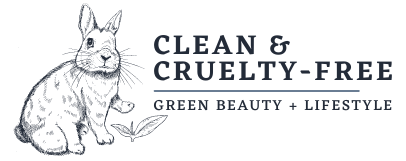
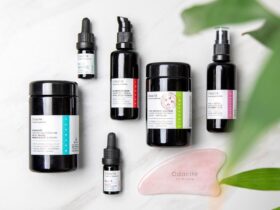

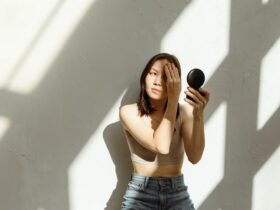
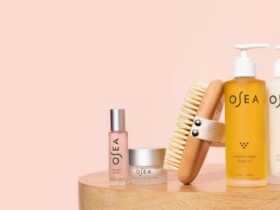
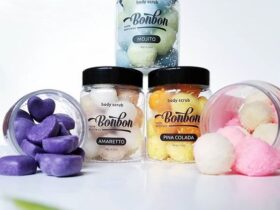
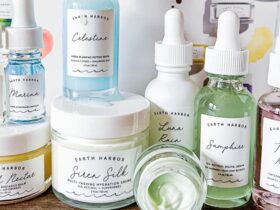
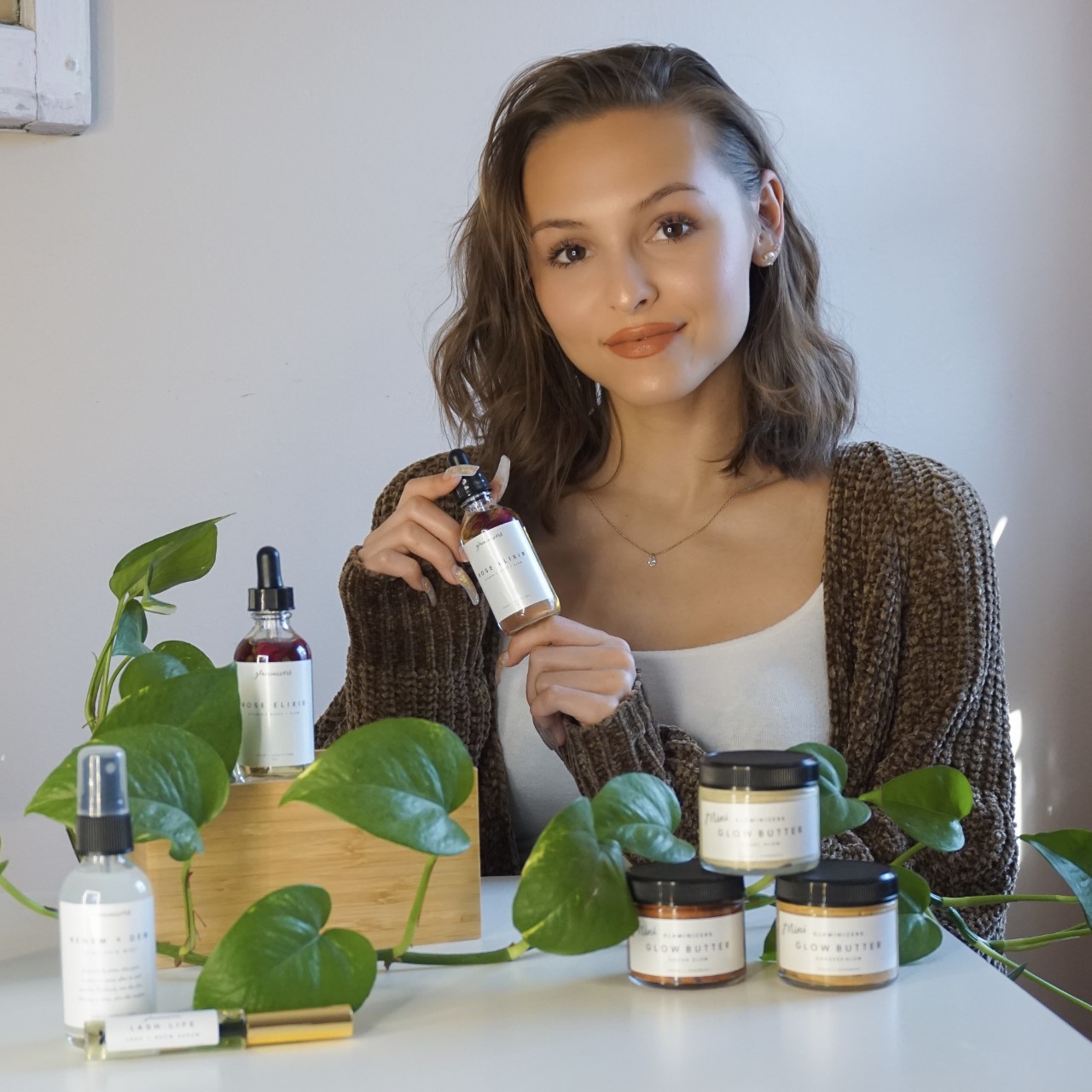
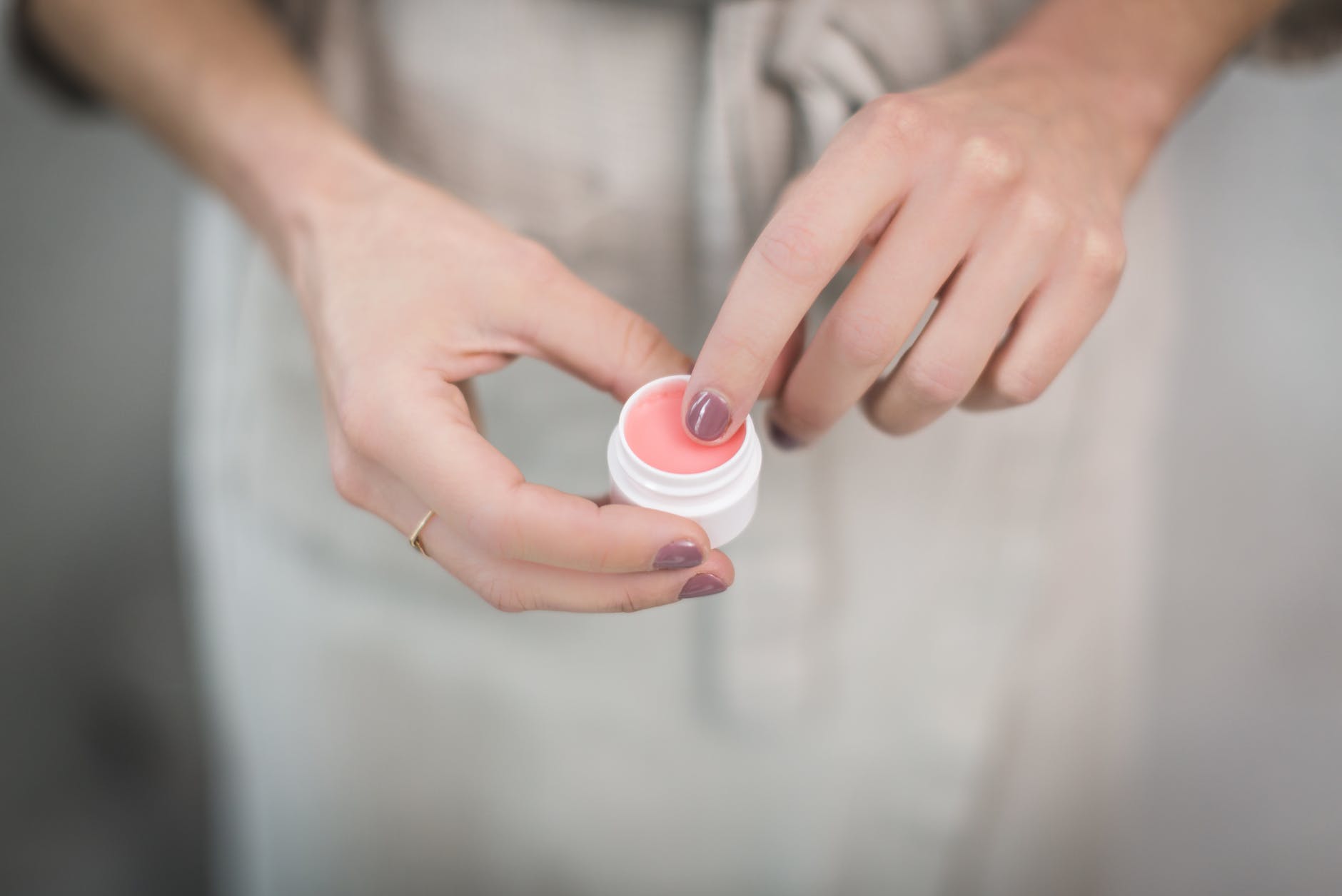

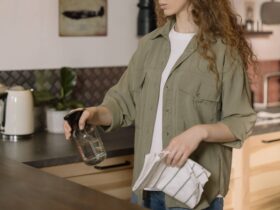

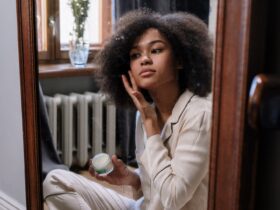



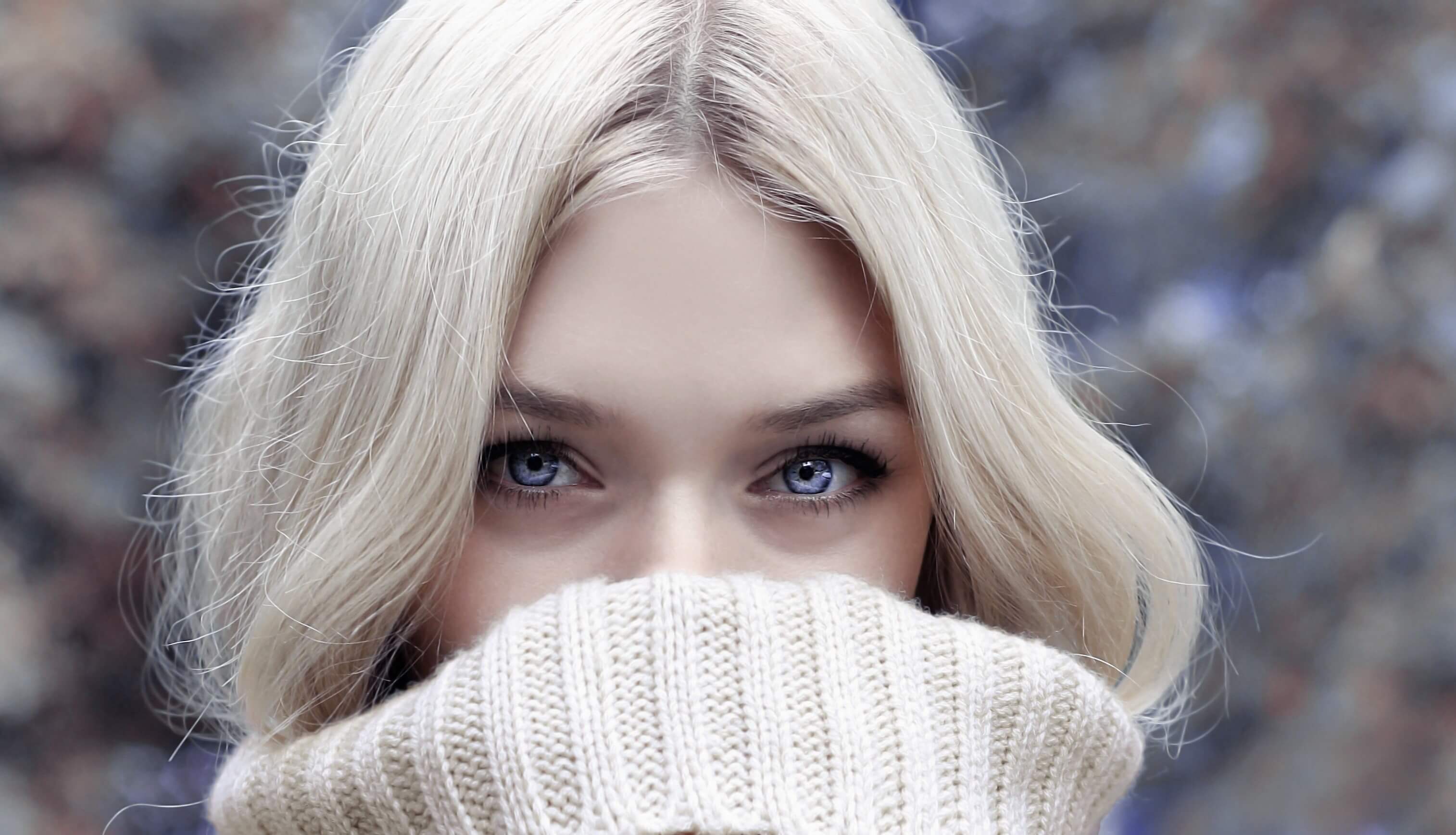
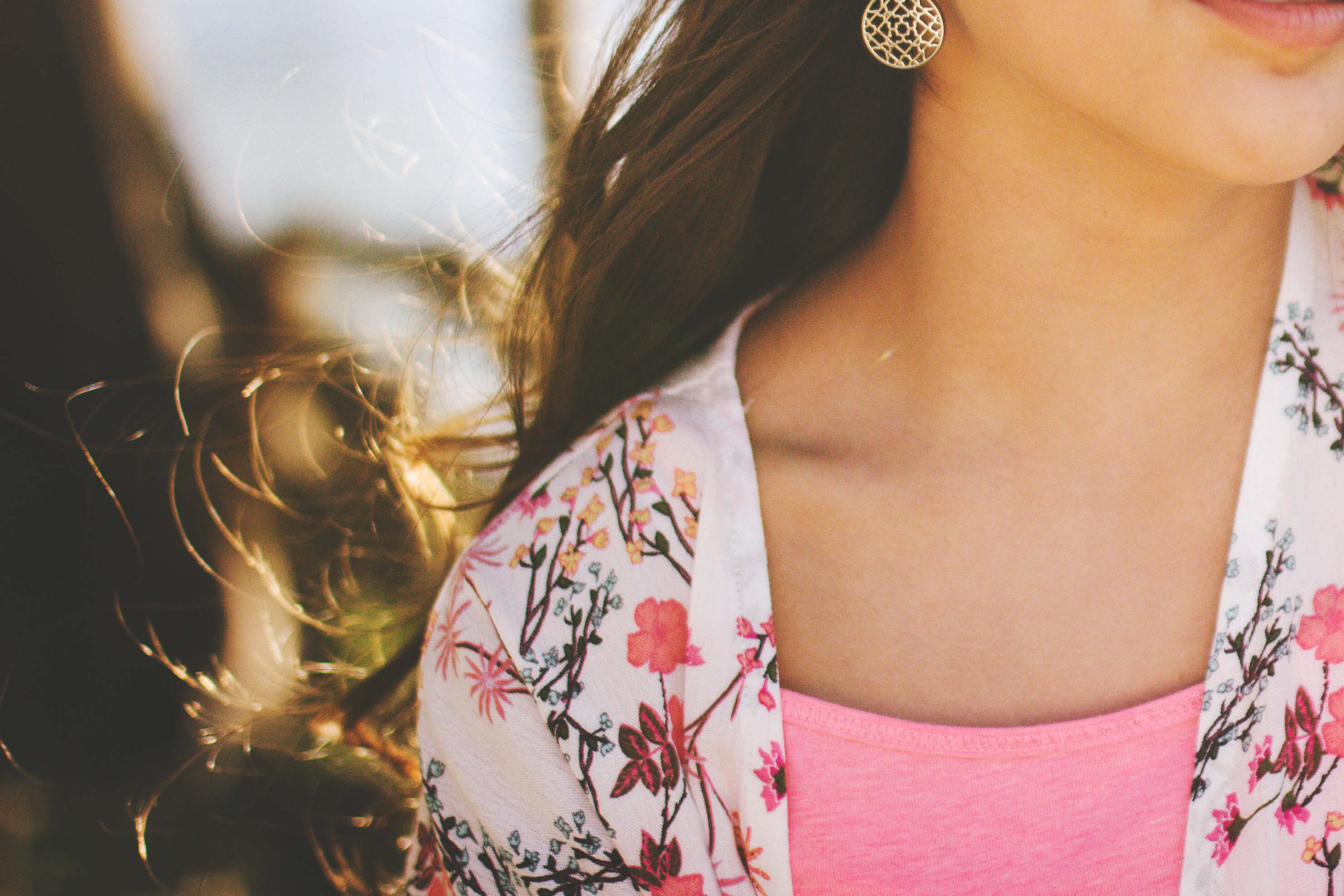
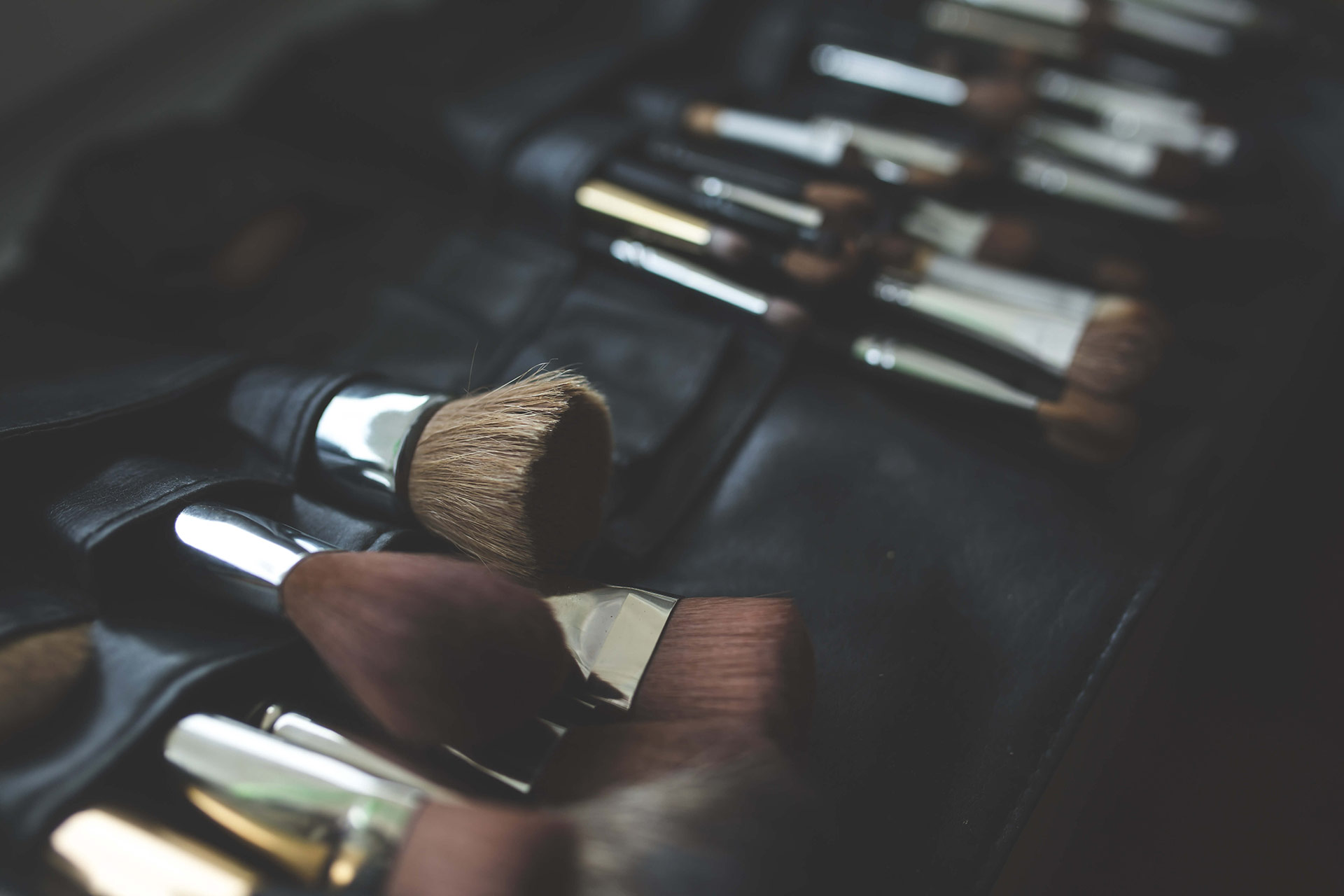
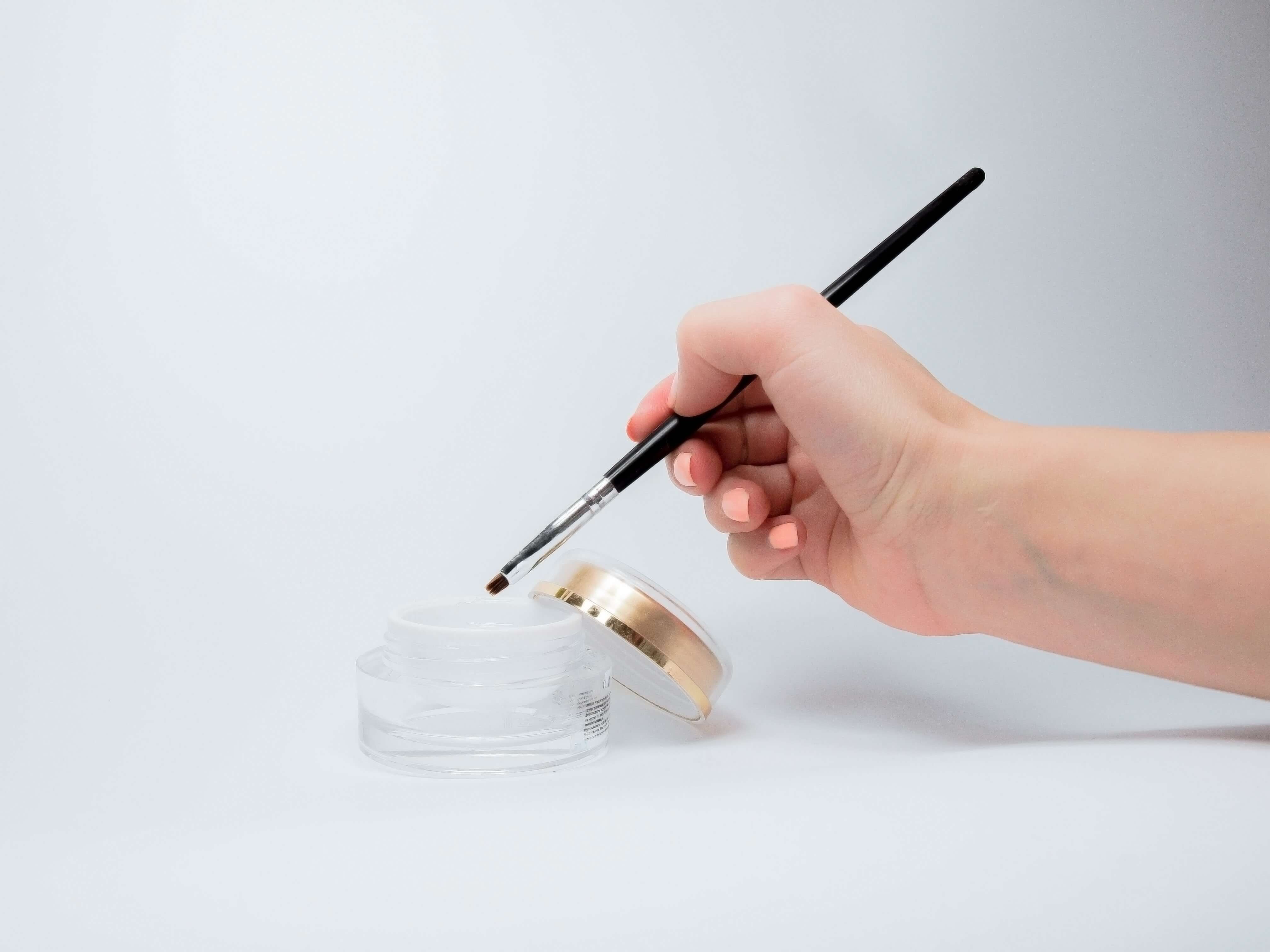
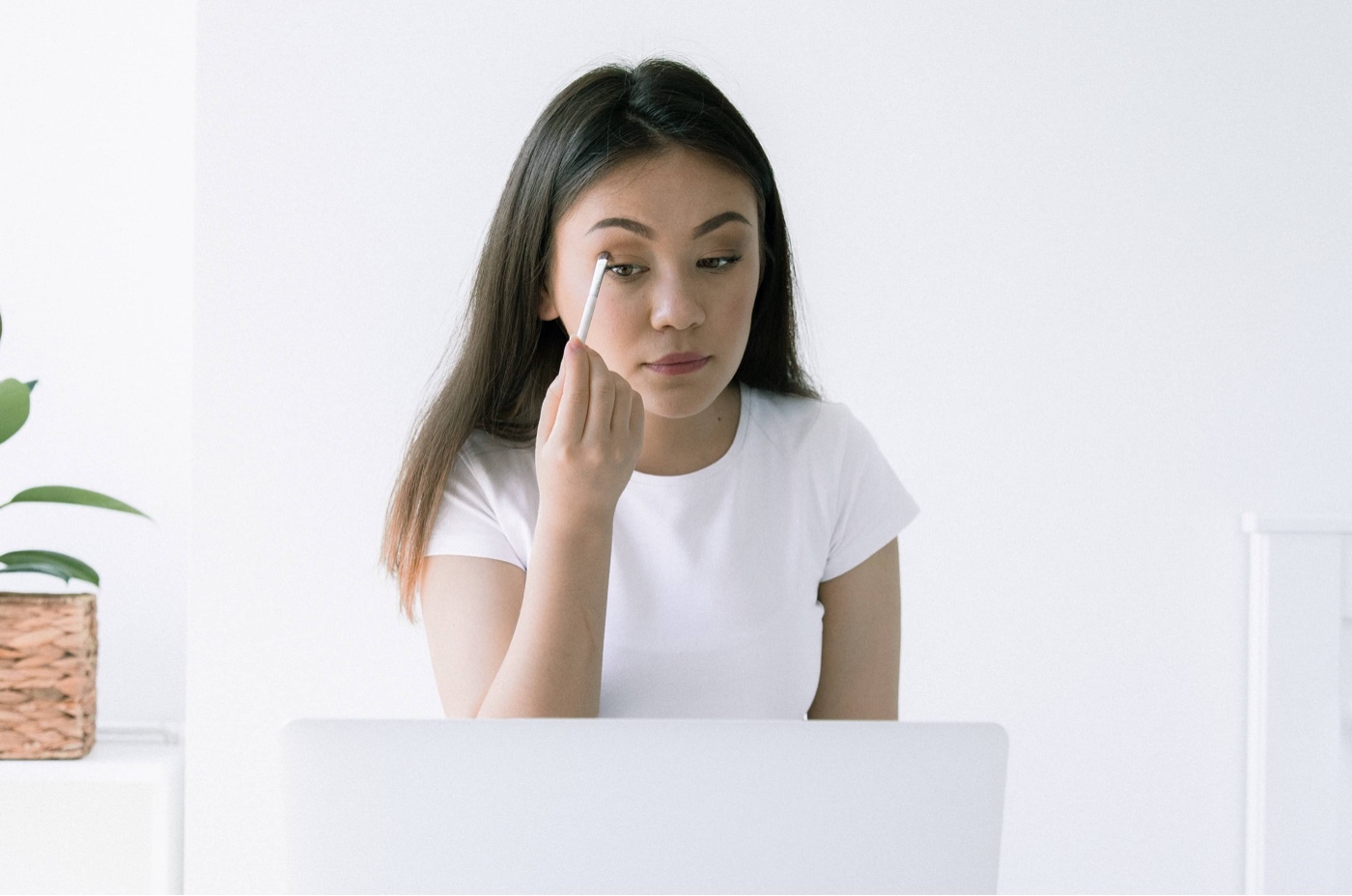
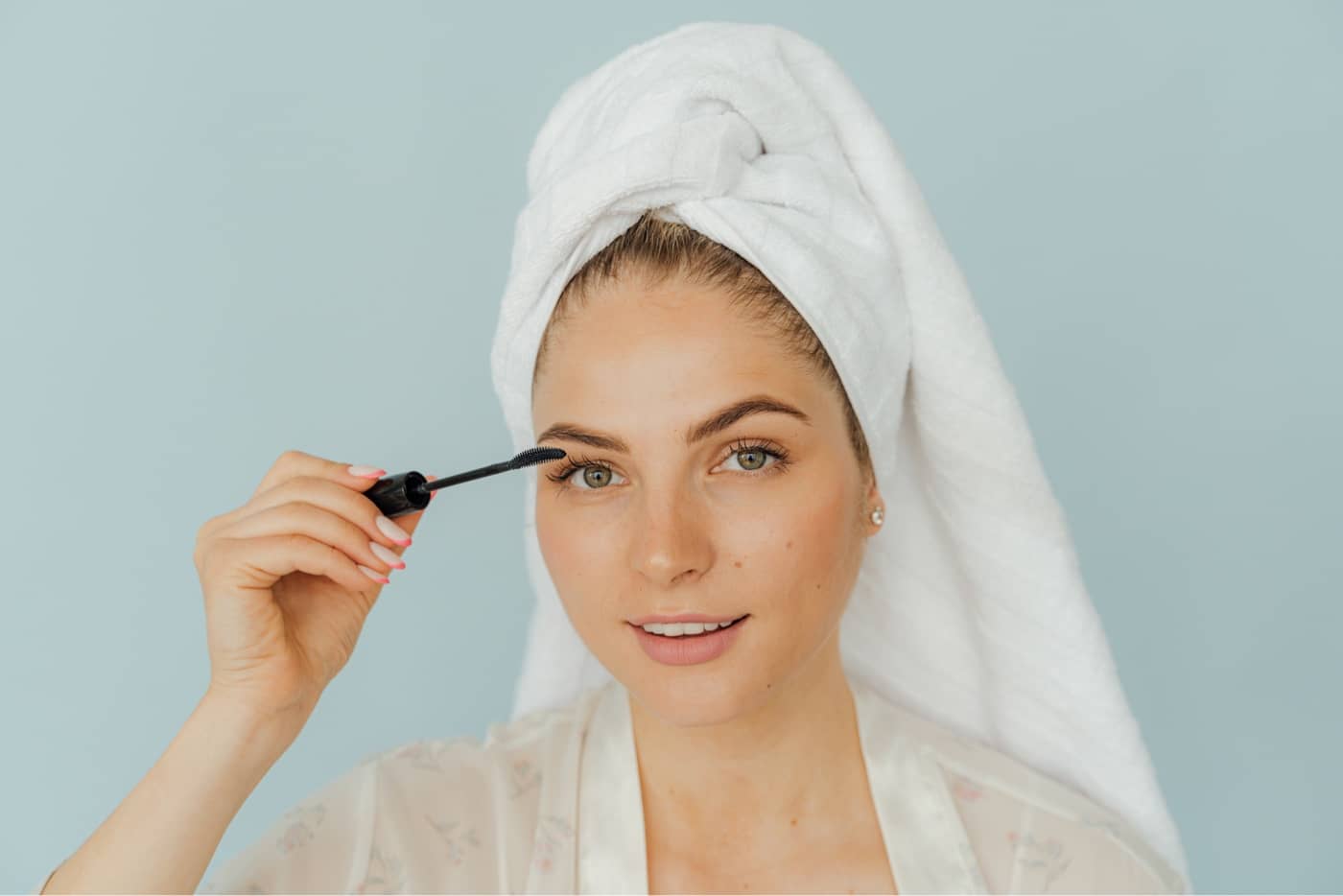
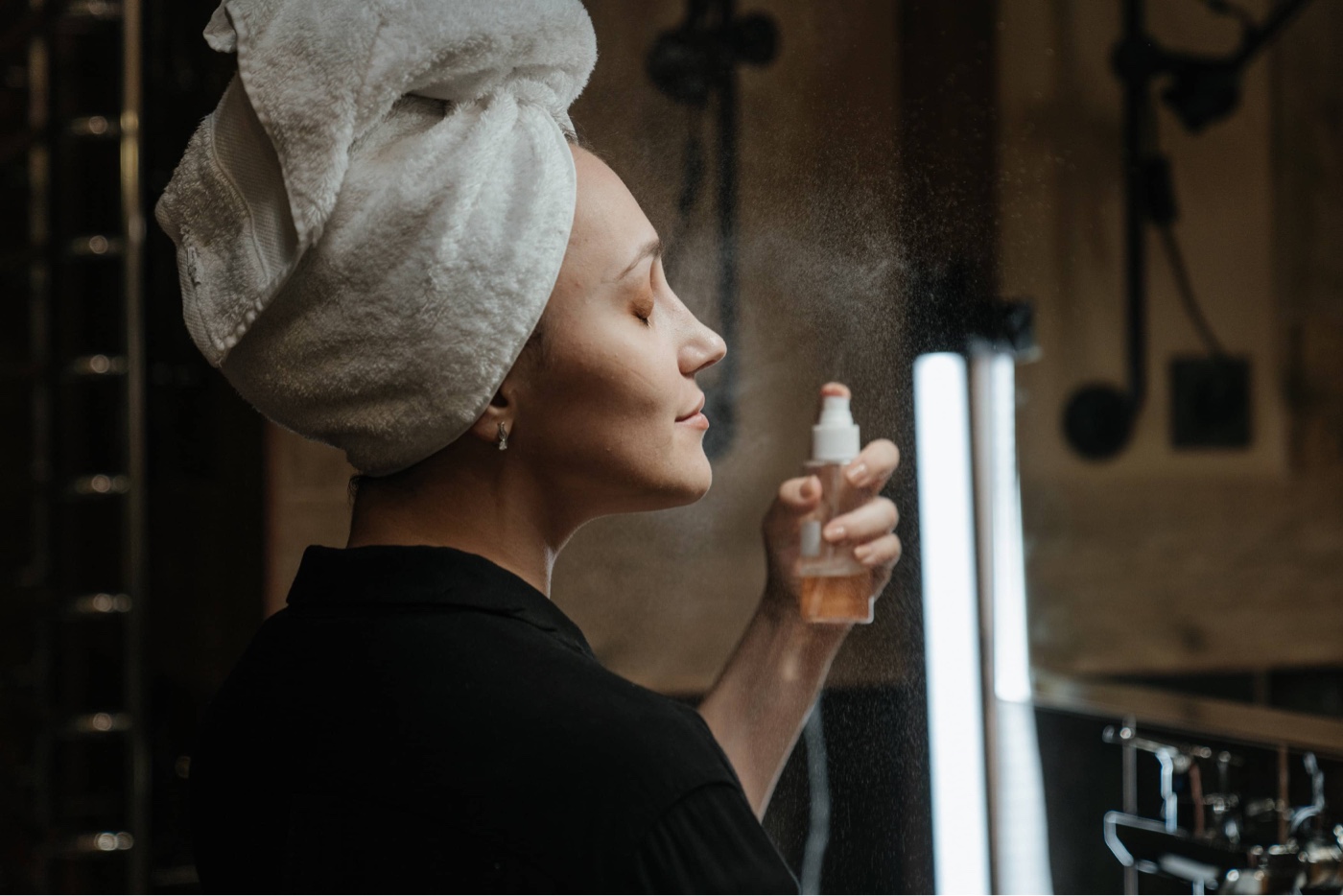
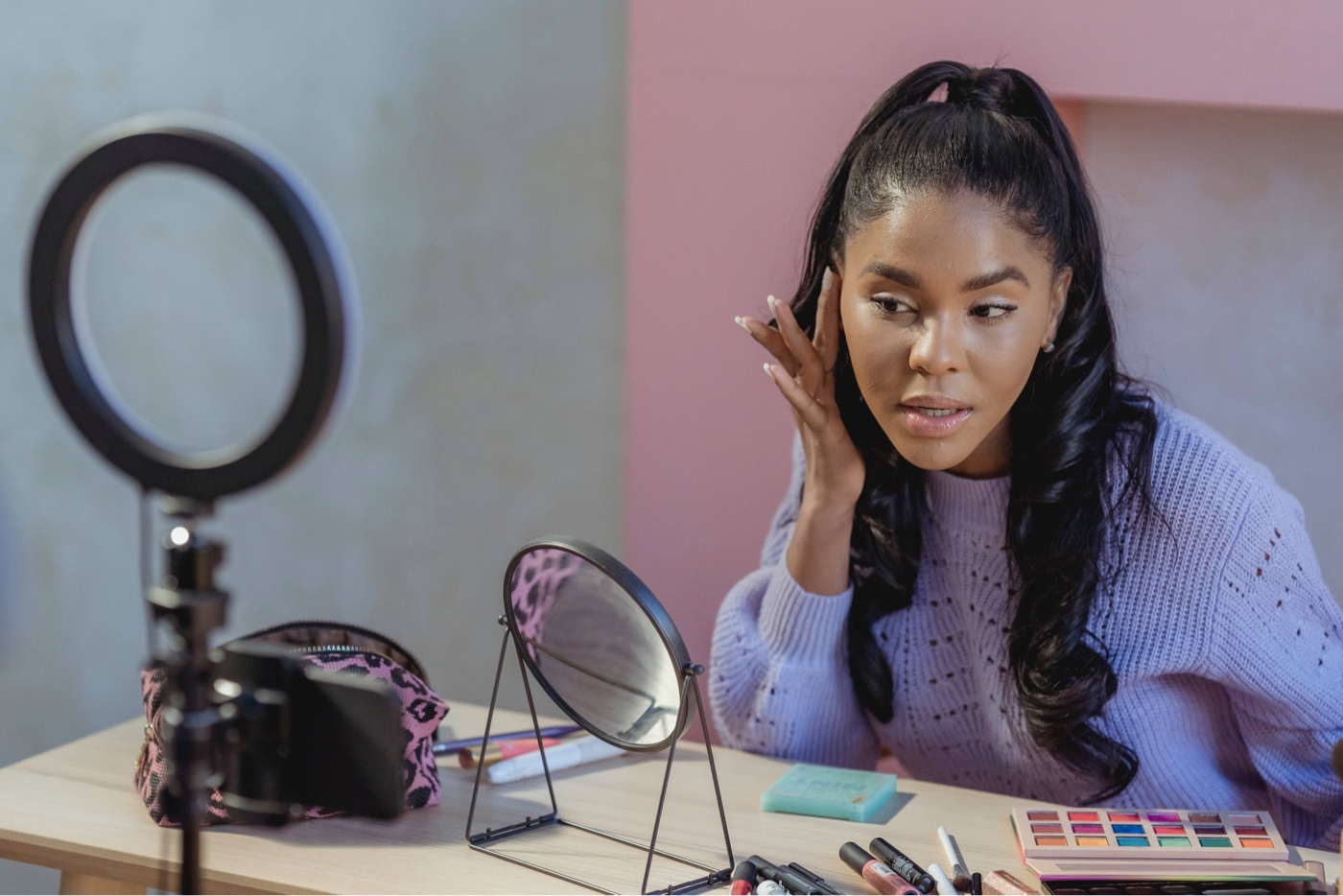





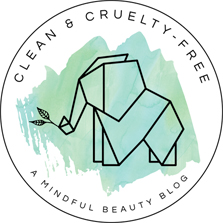

Leave a Reply